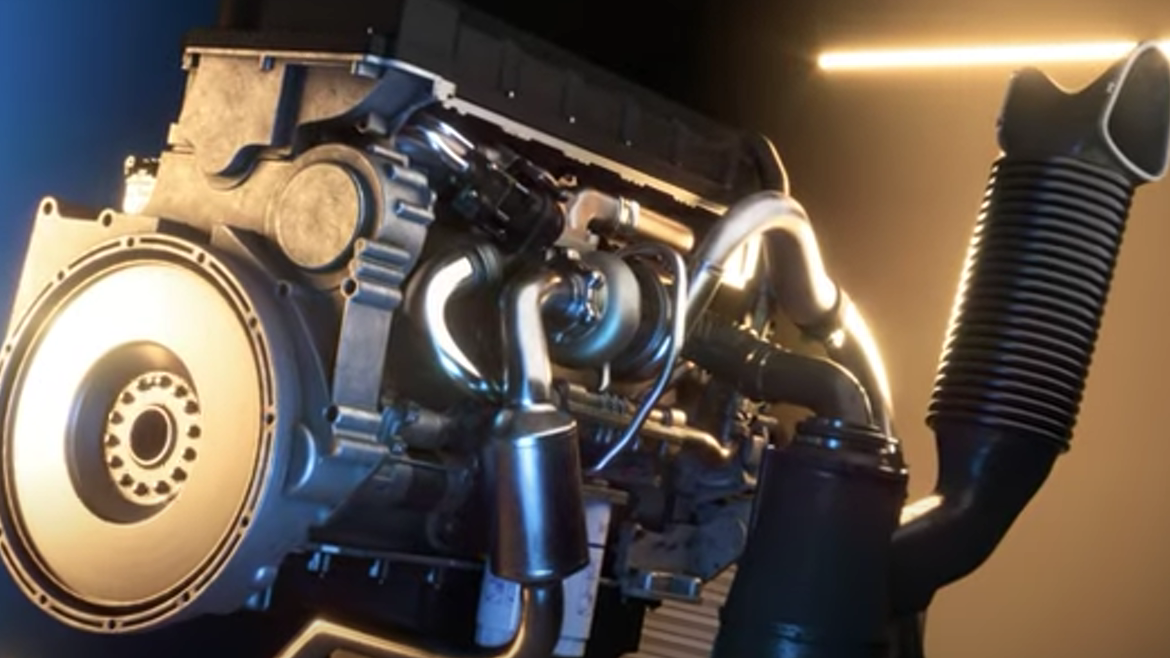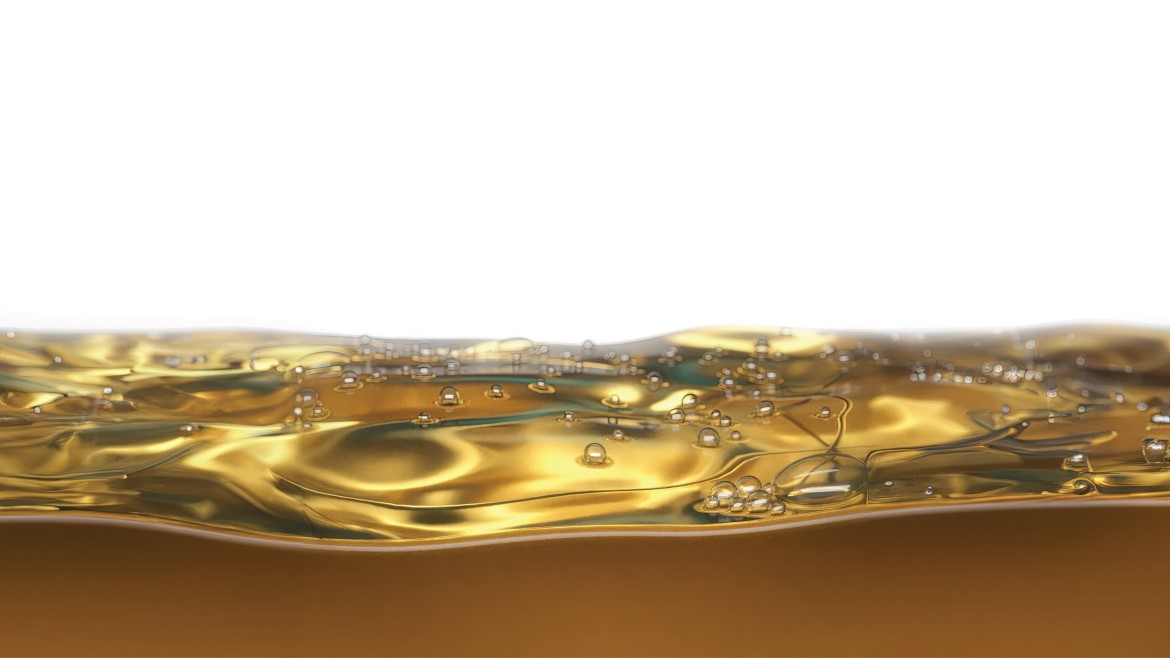Sep 12, 2018
Posted by Morgan Zhao, Technology Manager
As the Phase 3 fuel economy standards are expected to go into effect around 2020, a 15% improvement in fuel economy is on the horizon. How does engine oil meet economic challenges brought by the introduction of China VI emission standards for motor vehicles and Phase 3 fuel economy standards?
Low-viscosity engine oil is generally thought to be one of the solutions for meeting tightened fuel consumption standards within the industry. Many OEMs are considering switching from 40-grade viscosity engine oils to 30- and even 20-grade viscosity engine oils. However, a decrease in viscosity alone is not enough to address actual Chinese demand.
China will become one of the most demanding markets for diesel engine oils. On the one hand, China is aimed at formulating emission standards that are as tough as or even stricter than Euro VI standards; on the other hand, the Phase 3 fuel economy and Phase 4 fuel economy standards set clear fuel economy targets for China. It’s noteworthy that the oil change interval standards adopted by Chinese OEMs also closely follow those recommended by top European automakers. Furthermore, China’s fuel quality varies markedly and the diesel engine works in rather challenging conditions, and improving fuel efficiency and compatibility of exhaust after treatment system has become a priority for the next round of engine oil development, against the background of looming Phase 4 fuel economy standards and PEMS.
To meet tougher energy consumption limits, many changes are being made in engine hardware design—such as decreasing engine speed, increasing engine oil temperature, reducing burning time and optimizing the start-stop system. Though these changes have led to improved fuel economy, they are exposing engine oils to a more severe oxidation environment making lower high temperature high shear (HTHS) viscosity, lower viscosity grade, and more durable engine oils necessary to reduce friction losses in engine. Higher engine oil performance requirements necessitate the introduction of higher standards—API has released two new high diesel engine oil standards, namely API CK-4 and FA-4.
It’s the first time that API has introduced two parallel diesel engine oil specifications. The biggest difference between API CK-4 and API FA-4 engine oil is that CK-4 has a HTHS value higher than 3.5 cP while FA-4 is between 2.9 cP and 3.2 cP. To be more specific, API CK-4 is a direct replacement for API CJ-4 and is backwards compatible with old engines; it is available in viscosity grades SAE 15W-40, 10W-30, 5W-30 and 5W-40. While the API FA-4 standard is primarily designed for new engines to help boost fuel economy; it is available in viscosity grades SAE 10W-30 and 5W-30.
Given the current trend towards lower-viscosity engine oils, we can compare API FA-4 engine oils with other low-viscosity engine oils based on the fuel savings they can offer. Specifically, switching from a 15W-40 engine oil to a 10W-30 or 5W-30 engine oil can lead to 0.5% - 1.5% in fuel economy. Fuel savings of 0.9% - 2.2% can be achieved if API FA-4 engine oil is used. API FA-4 engine oil is a low-cost, scalable, effective, fuel-efficient solution that requires no further effort in vehicle use. We recently conducted an engine oil fuel economy road test in Beijing which showed that the use of the API FA-4 engine oil with 3.1 HTHS could result in 3% improvement in fuel economy—optimization of formulations could contribute to improved engine oil performance.
As major OEMs around the world are now switching to low viscosity engine oils, the 30-level viscosity engine oil has become the preferred choice of global OEMs. Some OEMs are even starting to eye engine oils that are offered in lower viscosity grades than API FA-4 engine oils. Foreign OEMs all have a burgeoning appetite for lower viscosity engine oil, as improved fuel economy is directly linked to a lower HTHS viscosity. We predict that the HTHS value of engine oils is likely to drop down to around 2.6cP after 2023.
If the viscosity of the engine oil is reduced, then the oil film will get thinner and the oil will flow more freely and faster, which will cause increased friction at the interface. In this case, engine oils should be formulated with more effective anti-wear additives—superior anti-scuffing and anti-wear properties are a must for low-viscosity engine oils. Therefore, we conducted the DD13 engine oil tests to compare the anti-scuffing performance of the API CK-4 and FA-4 engine oil and the API CJ-4 engine oil. Severe scuff marks were spotted at the cylinder liners of the engines that used 10W-30 API CJ-4 engine oils at earlier stage. Test engines that used API CK-4 engine oil or API FA-4 engine oil formulated with our additive technology operated up to 200 hours before scuffing occurs which is six times the DFS limit. Many API CJ-4 engine oils were introduced more than 10 years ago and are unable to meet the requirements of new engine hardware nowadays.
In addition to requiring better anti-wear properties, the use of low-viscosity engine oils requires adjustments of fuel pressure and fuel pump. And the fit tolerances of engines as well as the surface treatment technologies should also be factored in. Early cooperation with OEMs in jointly developing low-viscosity engine oils that are compatible with the newly developed engines is needed.
For more information on engine oil challenges, contact your Lubrizol representative.









